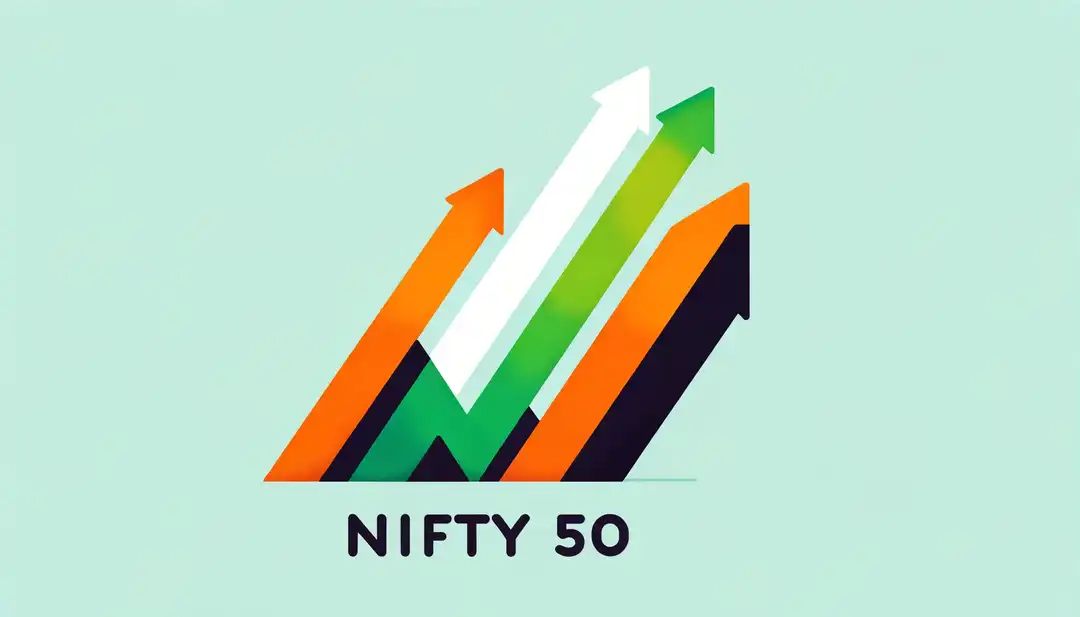February 05, 2024
Good Debt vs. Bad Debt

Good day, Budgeting Buffs!
In the world of personal finance, the terms "good debt" and "bad debt" are often thrown around, but what do they really mean for you, the everyday person? Understanding the difference between the two can be a game-changer for managing your finances and making informed decisions about borrowing money. Let's break down these concepts in a way that's easy to grasp and apply to your daily life.
What is Good Debt?
Good debt can be thought of as an investment that will grow in value or generate long-term income. Taking on this kind of debt means you're leveraging your financial future to gain more value over time. Here are some examples:
- Educational Loans: Investing in your education is often considered good debt because it can increase your earning potential in the future.
- Mortgages: Buying a home can be a form of good debt, especially if the property value increases over time, making it a sound investment.
- Business Loans: Borrowing money to start or grow a business can be beneficial if it leads to a profitable venture.
The hallmark of good debt is that it should help you build wealth or improve your financial situation over the long term.
What is Bad Debt?
Bad debt, on the other hand, is borrowing money to purchase depreciating assets or items that don't provide a return on your investment. This type of debt often comes with high interest rates and can hinder your financial growth. Examples include:
- Credit Card Debt: Using credit cards for everyday purchases can lead to high interest charges, especially if you're only making the minimum payments.
- Payday Loans: These short-term loans come with astronomical interest rates and can trap you in a cycle of debt.
- Car Loans for Expensive Vehicles: While a vehicle might be necessary, opting for a loan on a high-end model that depreciates quickly is considered bad debt.
The key takeaway is that bad debt typically offers no return and can cost you more in the long run.
How to Tell the Difference?
- Investment vs. Consumption: Ask yourself if the debt will increase your wealth or income potential. If it's merely for consumption, it's likely bad debt.
- Interest Rates: High-interest rates can turn what might seem like a reasonable debt into a bad one, as the total amount paid back becomes significantly higher than the original purchase price.
- Your Financial Goals: Consider whether taking on the debt will help you achieve your financial goals or set you back.
Managing Debt Wisely
- Prioritize High-Interest Debt: Always aim to pay off high-interest (bad) debt first.
- Think Before You Borrow: Before taking on new debt, consider if it's necessary and how it fits into your financial goals.
- Budget and Save: Regularly review your finances, budget wisely, and establish an emergency fund to avoid falling into bad debt.
Not all debt is created equal. By distinguishing between good and bad debt, you can make smarter financial decisions that align with your long-term objectives. Remember, the goal is to use debt as a tool to enhance your financial future, not to hinder it. Be mindful, make informed choices, and your financial health will thank you for it.



